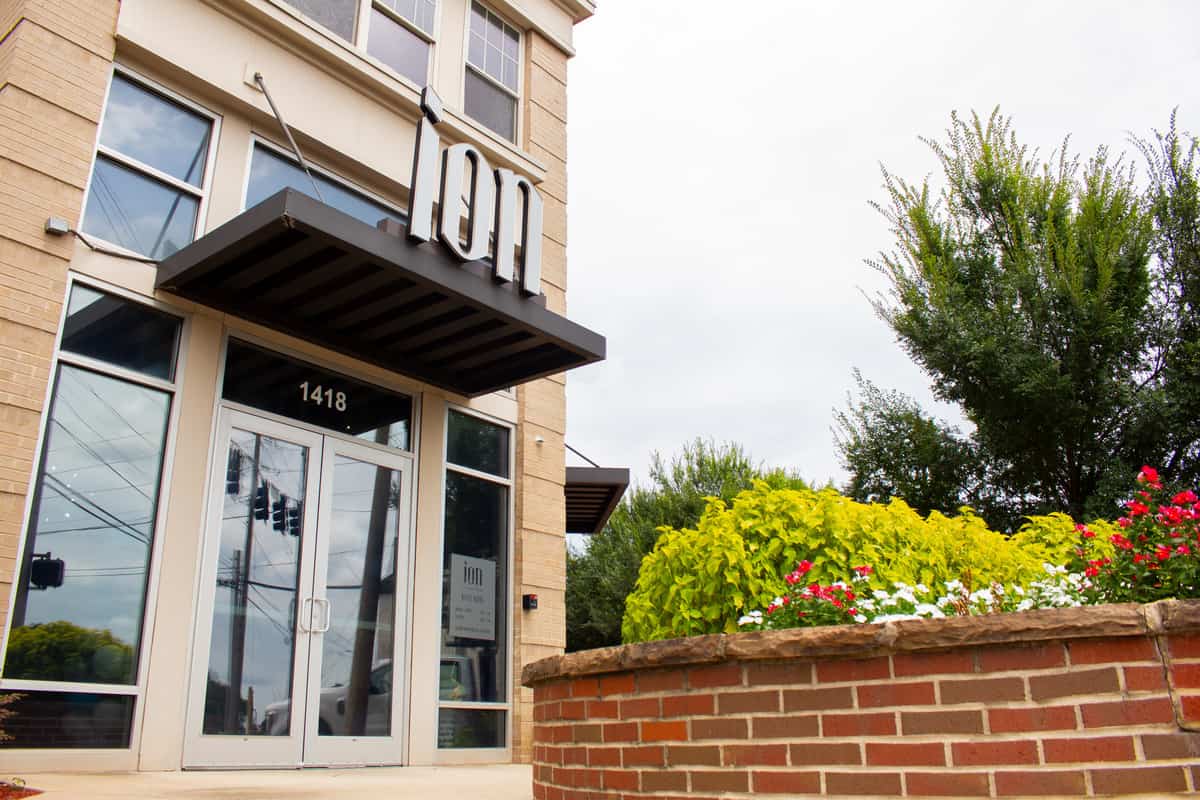Last fall, The University of Alabama welcomed 8,037 freshmen to campus, the largest freshman class in the school’s history.
This beats the fall 2021 freshman class of 7,593, which had previously been the largest class.
With increasing numbers of freshmen on campus, some students are concerned about future housing affordability and availability as rental prices are consistently increasing across the city.
According to the Culverhouse College of Business’s Alabama Center for Real Estate, Tuscaloosa rent rose 7.45% from July 2022 to July 2023, and the average rent in July 2023 was $1,472.
This trend is evident across popular student housing complexes.
For example, Ion raised rent for a four-bedroom, four-bathroom apartment from $765 in May 2022 to $999 per bedroom in May 2023. In May 2021, East Edge offered a four-bedroom, four-bathroom apartment with patio for $519 per bedroom. Currently, an apartment of the same style would cost $910 per bedroom.
Tuscaloosa’s average rent was lower than the national average of $2,062 in July 2023. However, Tuscaloosa’s July 2023 year-over-year rent price growth rate was over twice the national average of 3.57%.
Student concerns
UA students voiced their thoughts on these trends.
“I did not qualify for on-campus housing past my freshman year: therefore, I now live in Redpoint Apartments,” said MaKenzie Ballard, a sophomore majoring in public health. “Rent continues to rise each year while more and more students need to move off campus. Fortunately, I was able to secure housing early enough and at a reasonable price.”
Other students raised concerns about transportation.
“If you want to live close to campus, if you don’t have a car or something, you’re out of luck,” said Sydney Davis, a senior majoring in business administration.
For students who choose to drive to campus, a fall commuter parking permit currently costs $345 and is valid Aug. 1, 2023, to Aug. 5, 2024.
“I have to pay so much just to be able to get to school. The buses aren’t always reliable either. The school keeps bringing new students but doesn’t have the space for the ones that were here longer,” Davis said.
Carrigan Collins, a junior majoring in criminal justice, noted the burden that rising prices may place on students. She said she feels like the amount of effort required just to pay rent is “a lot for students who have to work” on top of a full class schedule.
In the face of increasing rent, some students have turned to alternative ways of paying their bills.
“I have friends who are RAs who thought that would be a better option, just because living off campus is hard,” Collins said.
RAs are paid and provided with free housing on campus.
City action
In recent years, regulations on student housing have limited the development of new student apartment complexes as rental prices have increased.
In 2019, the Tuscaloosa City Council passed a moratorium on certain student housing developments, which has since been extended multiple times, most recently through May 2022.
According to the city of Tuscaloosa, the moratorium covered “any multifamily or attached housing development consisting of 200 or more bedrooms with four or more bedrooms per unit in any capacity, and/or student-oriented housing developments of 200 bedrooms or more.”
However, during the moratorium, some apartment complexes were approved for construction by the City Council; for example, one is under construction in north Tuscaloosa and another, Union on Frank, was built near Bryant-Denny Stadium. These buildings would have violated the rules of the moratorium. However, the construction permits were granted prior to the passing of the ban.
City Council President Kip Tyner said that the moratorium will be helpful in the long run.
“It has worked extremely well,” Tyner said in an email statement. “It was primarily aimed at developments farther away from campus. Many of these complexes, such as down Old Greensboro Avenue near Shelton State, had seen increases in crime.”
While students may worry about the availability of housing as the out-of-state student population has grown, the city has recognized the expansion of student housing by developers as a problem for low-earning Tuscaloosa residents.
“This trend has caused developers to build multi-family products that are more student-oriented rather than traditional multi-family housing due to being able to receive a higher value of return,” the city stated in its 2020-2024 consolidated action plan for housing.
The plan examined the housing market in Tuscaloosa, among other things, and included a plan to increase affordable housing availability, which the city said was lacking.
According to the consolidated action plan, as developers have focused more on high-earning large student housing complexes, rental prices have been skewed upward. Consequently, the city has been left without adequate affordable housing for its lowest-earning residents.
As far as the future of on-campus housing options, the University has more than enough space to accommodate incoming freshmen.
Alex House, assistant director of communications for the University, said there are around 8,700 beds in campus residence halls. Leased beds at East Edge apartments bring the total to around 9,300 available beds.
Currently, there are no plans to build any more residence halls.
As the University continues to grow, some students are pessimistic about the future of rental prices in Tuscaloosa.
“I feel like it’s definitely going to get worse,” Davis said. “All these apartments know that we don’t have any options, so they’re taking advantage of that. Me and my friends all think the same thing.”















